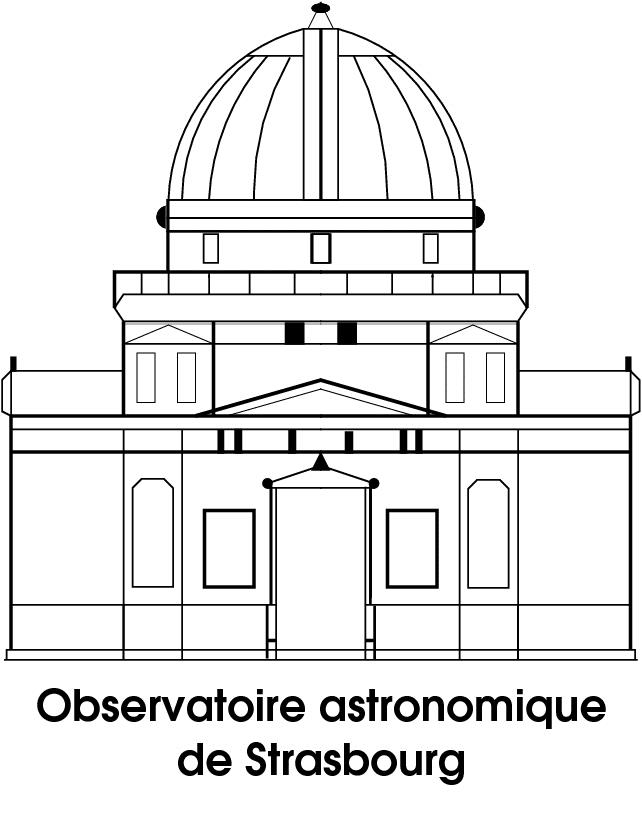Towards an understanding
of the phenomenon ?
The understanding of the phenomenon remains an extremely active field
of research. However, the latest observations lead to a global vision
of the mechanisms.
In most of the scenarios currently considered, the
progenitor is a black hole recently formed, surrounded by an accretion
disk. This black hole can result from the collapse of a very massive
star in fast rotation (hypernova model) or from the collapse of two
neutron stars (merger model). The matter is ejected in both cases with
an ultra relativistic speed (Lorentz factor larger than 100) in a cone
whose opening is of a few degrees, the observer being placed by chance
in a direction included in this cone. Various matter shells are ejected
with different speeds. When a shell meets another one, there is an
internal shock. The electrons accelerated by this shock radiate,
probably by synchrotron radiation in the existing magnetic fields, and
produce gamma rays (emission which has given the name to the
phenomenon), but also X rays and visible light (prompt emission).
Several internal shocks can take place, which accounts for the
complexity and the variety of the GRB phenomenon. Finally the shells
collide with the surrounding matter, which can be the interstellar
environment or the material expelled previously by the progenitor. A
radiation, probably due to the synchrotron emission, is then produced,
covering all the electromagnetic spectrum from X rays to the radio
waves (afterglow emission).

These scenarios have been confirmed by several
observations:
more...
|
 The SVOM French Web Site
The SVOM French Web Site








